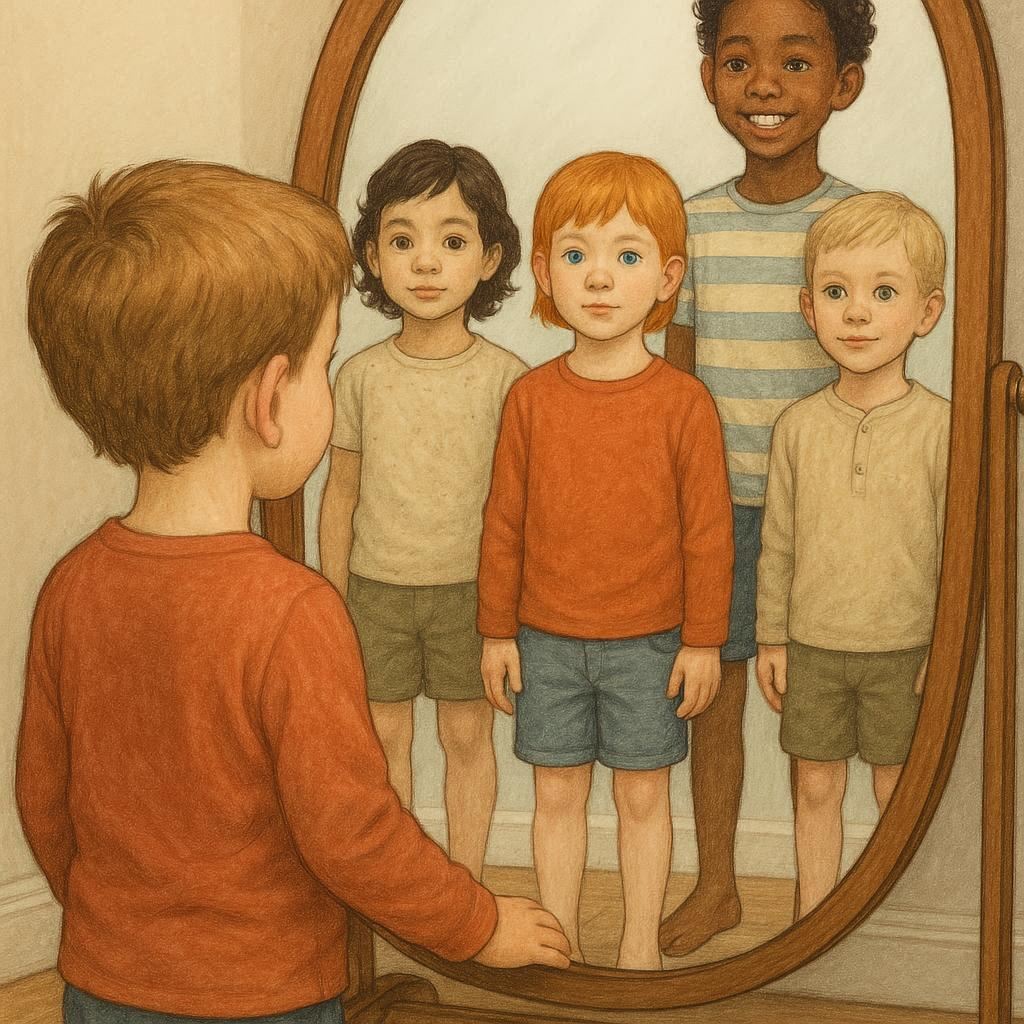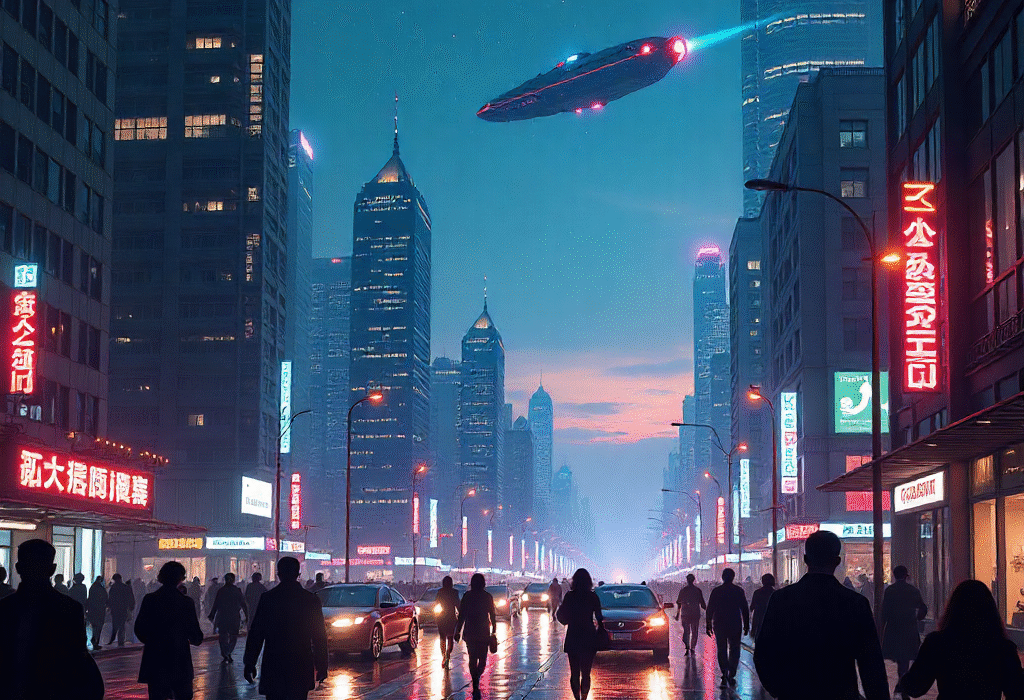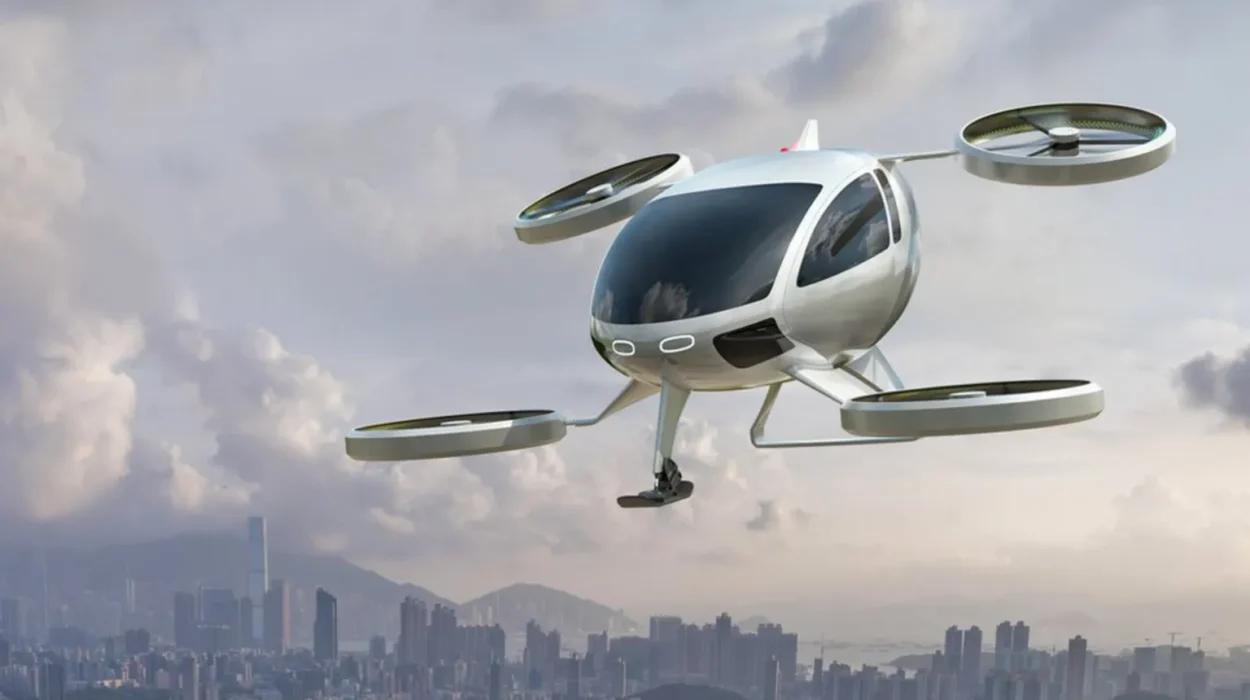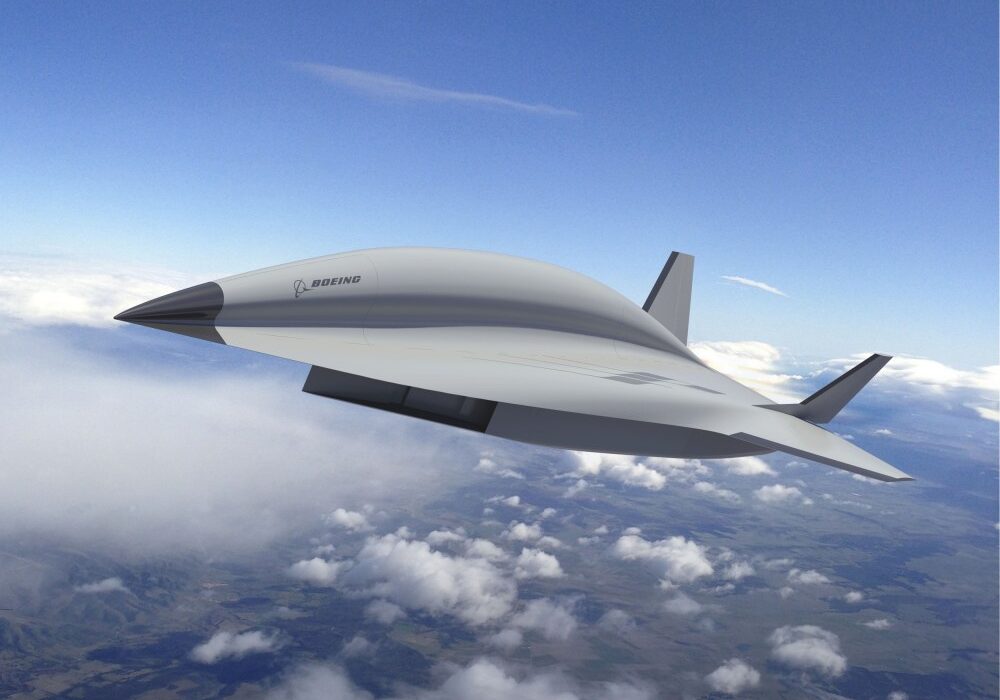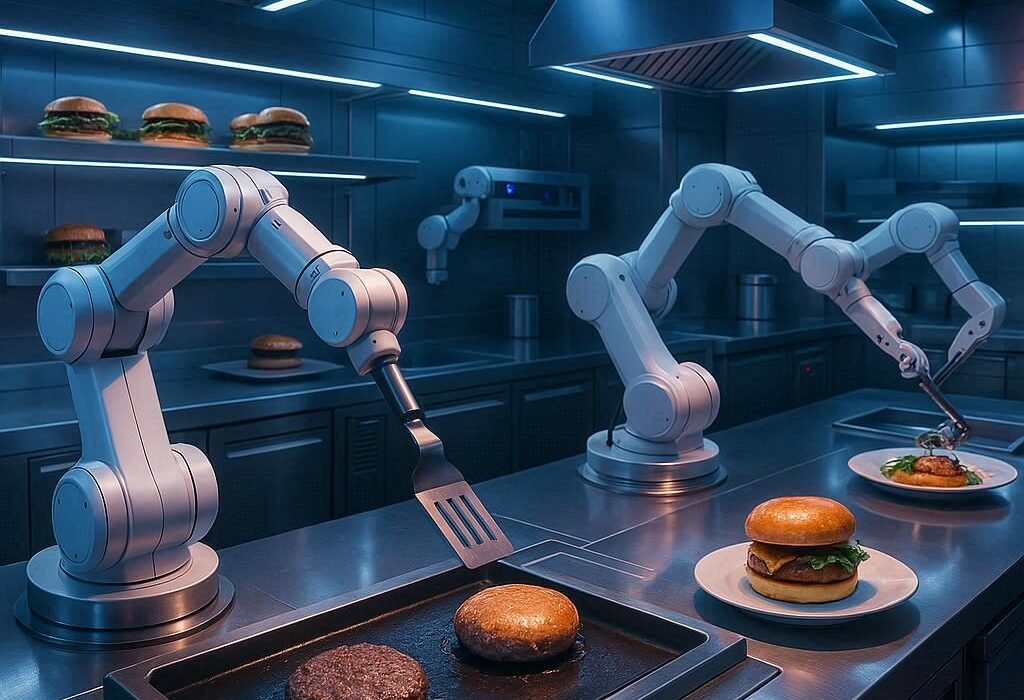For billions of years, life on Earth has been shaped by the silent hand of evolution. From the first single-celled organisms that floated in ancient oceans to the complex societies of modern humans, the story of existence has always been one of survival, adaptation, and chance. Mutations arose randomly, environments selected winners and losers, and species evolved in response to pressures they could not control. For most of history, humans were no exception. Our intelligence, our creativity, even the vulnerabilities of our bodies were sculpted not by choice but by the slow, blind process of natural selection.
Yet, as we step deeper into the twenty-first century, humanity is approaching a point where that ancient rhythm may no longer define us. For the first time, we are gaining the ability to take the reins of evolution into our own hands. Through technologies like CRISPR-Cas9 and other genetic engineering tools, scientists are learning how to rewrite the code of life. With this power comes a possibility both awe-inspiring and terrifying: the rise of designer babies. Children whose genes are not left to chance but shaped intentionally, crafted by parental desire, scientific precision, and societal ambition.
This possibility is no longer confined to the realm of science fiction. It is a conversation unfolding in laboratories, universities, governments, and living rooms across the world. The very future of human evolution may hinge on whether we embrace or reject the power to design our descendants.
What Does It Mean to Design a Baby?
The phrase “designer baby” evokes both wonder and unease. To some, it suggests the liberation of humanity from genetic suffering—an end to hereditary diseases, a chance to give children the best possible start in life. To others, it conjures images of a dystopian future where children are manufactured to meet societal standards of perfection, their worth determined not by their character but by their engineered traits.
At its core, designing a baby involves altering the genetic material of an embryo before it develops into a child. This can be done in several ways. The most famous tool is CRISPR-Cas9, a molecular system that allows scientists to cut and replace specific sequences of DNA with unprecedented precision. By targeting the genes associated with particular traits, scientists can in theory eliminate mutations that cause diseases like cystic fibrosis or Huntington’s disease. They could also enhance traits—height, intelligence, muscle mass, resistance to certain viruses.
The possibilities are staggering. Imagine a world where children are born immune to HIV, resistant to cancer, or genetically protected against Alzheimer’s. Imagine eliminating sickle-cell anemia or muscular dystrophy from the human gene pool forever. These outcomes are not fantasies; they are scientific horizons that grow closer with every experiment.
But genetic design does not stop at health. It extends into the realm of enhancement. Eye color, athletic ability, metabolism, memory capacity, and even predispositions toward certain personalities are all influenced by genes. With enough knowledge and precision, one could, in principle, shape not only how a child looks but how they think and behave. This is where the ethical waters grow turbulent, for it touches on what it means to be human, to be unique, and to live in a society that values diversity.
A Revolution Rooted in Science
The possibility of designer babies is not a sudden leap but the culmination of centuries of scientific progress. From Gregor Mendel’s peas in the nineteenth century to the sequencing of the human genome at the dawn of the twenty-first, humanity has been steadily unlocking the secrets of inheritance. We now understand that our DNA contains around 20,000 protein-coding genes, intertwined in complex regulatory networks that shape our bodies and minds.
The real breakthrough came with CRISPR-Cas9, discovered in the 2010s. Originally part of a bacterial immune system, CRISPR was harnessed as a gene-editing tool capable of extraordinary accuracy. Compared to older, cruder methods, CRISPR is fast, relatively inexpensive, and astonishingly versatile. Suddenly, scientists could edit genomes in a way that once seemed impossible. Already, CRISPR has been used in laboratories to correct mutations in human embryos, though most of these experiments are tightly regulated and often halted before the embryos can develop further.
Beyond CRISPR, other techniques are emerging. Base editing allows for the correction of single-letter changes in DNA without fully cutting the strand. Prime editing expands the possibilities further, offering a kind of “search-and-replace” function for genetic code. Together, these tools form a rapidly advancing arsenal that brings the editing of embryos from a dream to a practical option.
The first controversial step into this future occurred in 2018, when a Chinese scientist, He Jiankui, announced that he had edited the genomes of twin girls to make them resistant to HIV. The news shocked the world. The scientific community condemned the recklessness of the experiment, not only because of ethical concerns but because of the unknown risks. Yet, the event revealed that the age of designer babies had already arrived. The line had been crossed, and the world had to decide how to respond.
The Promise of Genetic Freedom
One of the most compelling arguments for designer babies is the potential to alleviate human suffering. Genetic diseases cause immeasurable pain, shorten lives, and place heavy burdens on families and societies. For parents carrying genes that could condemn their children to illness, the chance to ensure a healthy child is a profound gift.
Consider families with histories of Huntington’s disease, an incurable neurodegenerative condition that gradually erodes the mind and body. Or those with cystic fibrosis, where children struggle to breathe from a young age. The ability to erase such conditions from future generations is nothing short of revolutionary. In this sense, genetic engineering could be seen as an extension of medicine’s greatest mission: to heal, to prevent suffering, to give life its fullest chance.
Beyond eliminating disease, the promise extends to enhancing resilience. We might design babies with immune systems better equipped to face pandemics. We might give them metabolisms that resist obesity or diabetes, or bones less prone to fractures in old age. In a world of shifting climates and new environmental challenges, such resilience could ensure the survival of future generations.
The philosophical weight of this promise is immense. For the first time, we are not merely adapting to evolution’s demands—we are rewriting evolution itself. Humanity becomes both the sculptor and the clay, shaping its destiny consciously rather than blindly.
The Peril of Playing God
Yet with power comes peril. The same tools that can heal can also harm, and the risks of genetic engineering are profound. Biology is not simple. Genes do not operate in isolation; they interact in networks of staggering complexity. A change intended to improve one trait might have unforeseen consequences for others. Enhancing memory, for example, might increase susceptibility to anxiety. Altering muscle growth might burden the heart.
Even more alarming are the risks to the human gene pool itself. Changes made to embryos are heritable, meaning they pass down to future generations. A mistake made today could echo for centuries. The line between therapy and enhancement is also blurry. Who decides what counts as a disease versus a trait to be optimized? What happens when parental choice becomes consumer choice, when the natural diversity of humanity is reduced to the preferences of those who can afford genetic design?
The fear is not unfounded. If designer babies become a reality, society could split into genetic classes: those who are enhanced and those who are not. Inequality, already one of humanity’s greatest struggles, could deepen into a biological divide. The wealthy could design children with superior health, intelligence, and opportunities, while others are left behind. This echoes the dystopian visions of works like Gattaca, where genetic destiny defines social standing.
There is also the moral question of identity. Part of being human is the unpredictability of life, the uniqueness of individuals shaped by chance. If children are designed according to parental or societal ideals, do we risk stripping away the authenticity of personhood? Does a genetically optimized child truly belong to themselves, or are they a product of someone else’s desires?
Ethical Crossroads
The debate over designer babies is as much philosophical and ethical as it is scientific. On one hand, preventing disease and improving life seems an undeniable good. On the other, the potential for abuse, inequality, and unforeseen consequences looms large.
Different cultures and nations approach the issue with varying attitudes. Some countries ban germline editing altogether, while others allow limited research under strict regulations. Religious groups often weigh in, questioning whether altering human embryos violates spiritual or moral principles. Bioethicists warn of the slippery slope from healing to enhancement, from medicine to eugenics.
Yet, it is unlikely that the world can simply ignore this technology. The knowledge exists, and once knowledge is accessible, it tends to spread. The real challenge lies not in halting progress but in guiding it responsibly. Humanity must develop frameworks that ensure safety, equity, and respect for human dignity. International agreements, transparent oversight, and open public dialogue will be essential. The future of evolution cannot be decided in secret laboratories or by a handful of scientists. It must be a collective choice, one that balances the potential for good against the dangers of misuse.
Beyond Biology: Redefining Humanity
The prospect of designer babies also forces us to confront deeper questions about what it means to be human. For millennia, our identities have been shaped by a blend of genetics, environment, and chance. We have celebrated diversity, admired resilience, and found meaning in overcoming the imperfections that define us. If genetic engineering allows us to erase imperfection, do we risk erasing part of what makes us human?
At the same time, humanity has always sought to transcend its limits. We invented medicine to cure, technology to augment, and education to expand our minds. Genetic engineering can be seen as another step in that journey. If we accept vaccines, antibiotics, and artificial intelligence, is genetic design not simply the next tool in our quest for progress?
The truth is that humanity is entering an era where biology and technology intertwine more deeply than ever before. The line between natural and artificial, between human and engineered, is blurring. Designer babies are not just about health or enhancement—they are about redefining the boundaries of life itself.
A Future Unwritten
The future of human evolution may indeed be designer babies, but whether that future is utopian or dystopian remains unwritten. It could be a world where genetic suffering is eradicated, where children are born healthier and stronger than ever, where diversity is celebrated alongside resilience. Or it could be a world of genetic inequality, where humanity fractures into castes of engineered and unengineered, where the uniqueness of chance is lost to the pressures of conformity.
The choice rests with us. Science provides the tools, but society provides the direction. We must decide not only what we can do but what we should do. The story of evolution has always been about survival, but perhaps the story of the future will be about wisdom.
The Human Spirit Amidst the Code
In the end, designer babies are not just about DNA. They are about the human spirit—the longing of parents to protect their children, the ambition of societies to progress, the curiosity of scientists to uncover truth. Beneath the debate lies a universal desire: to make life better. That desire is ancient, as old as humanity itself, and it is what propels us forward.
Albert Einstein once said that imagination is more important than knowledge. In the realm of designer babies, imagination envisions a world free of disease, full of possibility. But imagination must walk hand in hand with humility. We must remember that life is not only a code to be rewritten but a mystery to be respected.
The future of human evolution may indeed be shaped by the hands of parents, scientists, and societies choosing to design the next generation. But no matter how far technology advances, the essence of being human will remain in the capacity to love, to hope, and to wonder. Perhaps, in that balance of power and humility, design and destiny, we will find the wisdom to shape not only our genes but our shared future.
